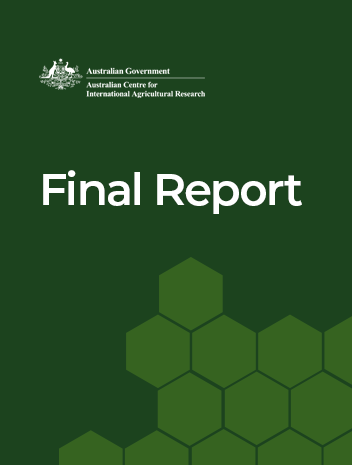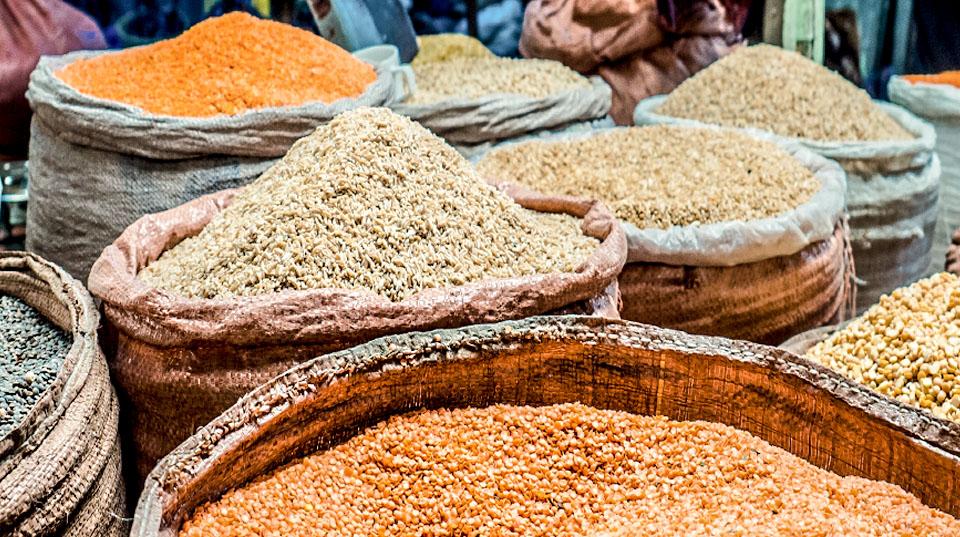Overview
This project aimed to identify mechanisation options and post-harvest technologies to enhance household livelihoods and food security in lowland rice-growing areas.
Cambodia and Laos share problems of widespread rural poverty, food insecurity, and malnutrition. Rainfed lowland rice, grown once a year in the wet season, is the backbone of agricultural production, but is largely subsistence-oriented with low productivity, delivering low-quality rice to local consumers. Growing quality rice and non-rice crops would increase household income and reduce rural poverty.
This project used a systems approach, integrating mechanised cropping practices, (including combine harvesting) and post-harvest practices (in particular artificial dryers) which together increased the intensification, potential for diversification, the labour efficiency of the cropping system, and the market value of the produce.
The project in Laos developed strategies for introducing suitable mechanisation and postharvest technologies. In Cambodia, the project monitored already-mechanised harvesting practices, and developed grain drying techniques that improved physical grain quality, and cropping systems that took advantage of mechanised harvesting operations.
Outcomes
The project has made several key findings.
- One is the identification of several factors that determine the efficiency of combine harvesting as measured by the area harvested in one day.
- A survey showed there has been a high adoption rate (from 30%-80% of households per village) of contract combine harvesting services since 2014.
- Securing drying facilities will be important for wider adoption of combine harvesting.
- The project has made advances in understanding the interdependence between combine contractors, mills, farmers, and land developers, and this has resulted in identifying possible points for policy intervention
- A number of farmers have begun using seed drills.





